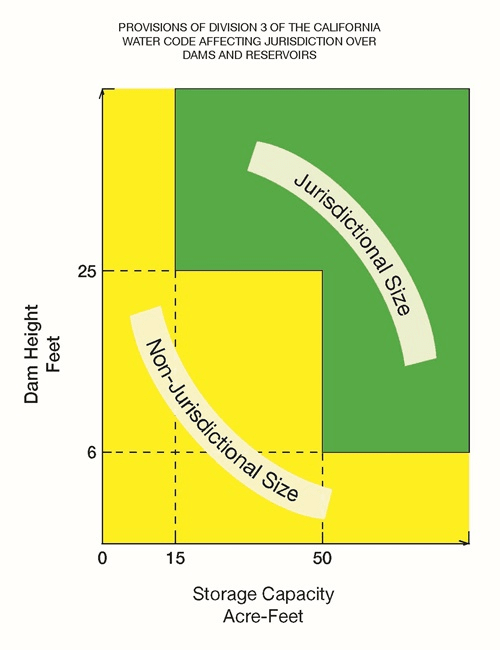blong93water
Civil/Environmental
- Jan 30, 2020
- 3
Hello, I'm currently working on a project where our goal is to decommission a dam on a site that is going to be mostly abandoned in the near future. My question is, how do you figure out what the minimum criteria is for dam decommissioning?
1. Dam height is defined as the vertical distance between the downstream toe of the dam and the minimum elevation of the dam crest. Can that minimum elevation be located at the emergency spillway invert? How long would your "emergency spillway" have to be before it is considered the lowest point of the dam crest?
2. Dam storage is defined as the maximum amount of water stored at the minimum elevation of the dam crest. Again, can this be considered the emergency spillway invert? Or, can you run a design storm event (say, the 100-year, 24-hour storm) and determine what the water storage volume would be for that storm event?
Let me know what you think!
1. Dam height is defined as the vertical distance between the downstream toe of the dam and the minimum elevation of the dam crest. Can that minimum elevation be located at the emergency spillway invert? How long would your "emergency spillway" have to be before it is considered the lowest point of the dam crest?
2. Dam storage is defined as the maximum amount of water stored at the minimum elevation of the dam crest. Again, can this be considered the emergency spillway invert? Or, can you run a design storm event (say, the 100-year, 24-hour storm) and determine what the water storage volume would be for that storm event?
Let me know what you think!

